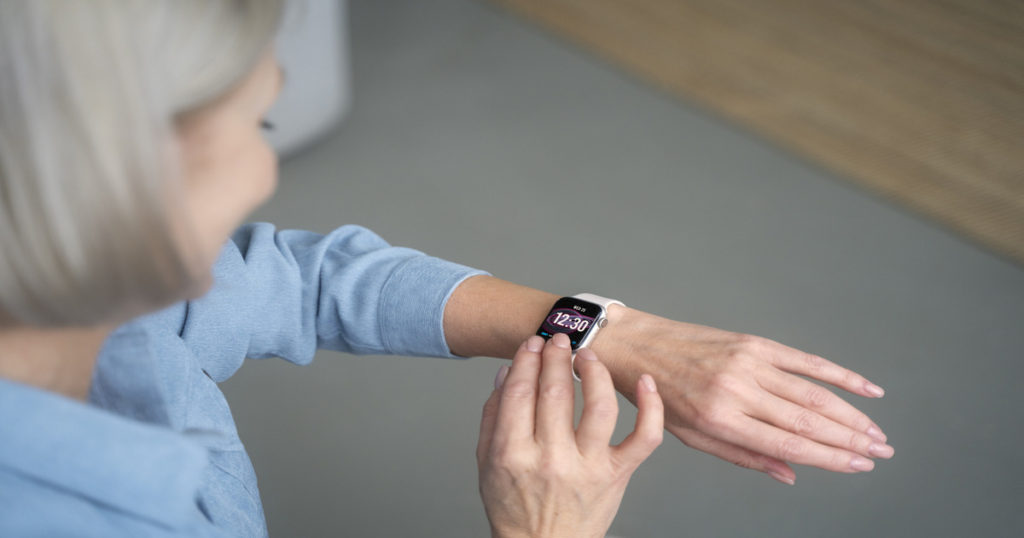By: Melanie C. – Agely
Diabetes is a significant medical problem that presents major implications for an individual’s health and is one of the leading causes of death in the United States. Though people of all ages can develop or be born with diabetes, older adults and seniors are among the most at-risk populations. In what follows, we’ll clarify the different types of diabetes. Further, we’ll explore the risk factors that older adults and seniors experience with diabetes. Finally, we’ll discuss effective treatment and management protocols for elders with diabetes.
Types of Diabetes
Diabetes is an endocrine condition that affects the way the body processes glucose, an energy substance. Two of the most common types of diabetes are type 1 and type 2.
Type 1 Diabetes
Type 1 diabetes is defined as an autoimmune disorder in which the insulin-producing cells in the pancreas are destroyed by cells from the immune system. This lack of insulin production causes a deficiency in an important hormonal regulator of glucose levels in the body. Type 1 diabetes is more rare than type 2. Although older adults can develop type 1 diabetes, it is extremely rare. This type of diabetes is most often seen in children and younger adults.
Type 2 Diabetes
Type 2 diabetes is a metabolic condition resulting from resistance to insulin or an inability to create enough insulin to meet the needs for glucose metabolism. Older adults and seniors are at an increased risk of developing type 2 diabetes. The prevalence of type 2 diabetes increases with age. It is estimated that 25% of people over 65 have the condition. Several issues contribute to the higher risk in older adults, including a sedentary lifestyle, a diet high in processed and refined foods and a family history of the condition. Some of the signs and symptoms of type 2 diabetes include extreme fatigue and lethargy, frequent urination, and blurry vision.
Treatment and Management of Diabetes In Seniors
The management of type 2 diabetes in older adults may differ from that in younger people due to the presence of co-morbidities and the potential for adverse effects of medications. Co-morbidities are other medical conditions that an individual may have, in addition to diabetes. These co-morbidities may include hypertension, heart disease, and kidney disease. In older adults, these co-morbidities may affect the ability to properly metabolize medications, which can increase the risk of adverse effects of certain diabetic medications. To address these issues, the American Geriatrics Society recommends a personalized approach to treat older adults with type 2 diabetes. This approach takes into account the individual’s functional status, co-morbidities and preferences. The goal of treatment is to achieve and maintain optimal blood sugar control while minimizing the risk of adverse effects and complications.
Monitor for Hypoglycemia
Older adults with type 2 diabetes should also be especially careful to prevent hypoglycemia. Hypoglycemia occurs when blood sugar levels drop too low and can be a serious complication in the management of diabetes. Older adults may be at an increased risk of hypoglycemia due to additional medical conditions or based on their use of particular medications. Symptoms of hypoglycemia in older adults may be subtle and can include confusion, dizziness and fatigue.
To prevent hypoglycemia, older adults with diabetes should regularly monitor their blood sugar levels and adjust their treatment appropriately, based on guidance from a medical professional. It is important for older adults to have a plan in place for managing hypoglycemic episodes, including having quick-acting glucose available at all times.
The following are two of the most common treatment and management protocols for diabetes in older adults and seniors:
Lifestyle Intervention
Lifestyle modification, including diet and exercise, is the first consideration for treatment of type 2 diabetes in older adults. A healthy diet rich in whole foods, such as fruits, vegetables, and whole grains — and low in processed and refined foods can be extremely helpful in achieving good blood sugar control and reducing complications.
The American Diabetes Association recommends at least 150 minutes of moderate-intensity exercise or 75 minutes of vigorous-intensity exercise per week for older adults with diabetes. In a recent study, a lifestyle intervention plan including diet and exercise was shown to improve health objectives dramatically in seniors.
Medication
Medications may also be used to treat type 2 diabetes in older adults. The choice of medication depends on the individual’s specific needs and may include metformin, sulfonylureas, thiazolidinediones, DPP-4 inhibitors, GLP-1 receptor agonists or insulin.
It is essential to carefully monitor blood sugar levels when starting a new medication and follow the advice of a medical professional to adjust the treatment, as needed, to ensure optimal control.
Final Thoughts
The prevalence of diabetes in older adults and seniors is high. It is critical for individuals in this age group to receive appropriate care and treatment to manage the condition and prevent complications. Lifestyle modification, including diet and exercise, should be the first consideration in treatment for type 2 diabetes in older adults.




